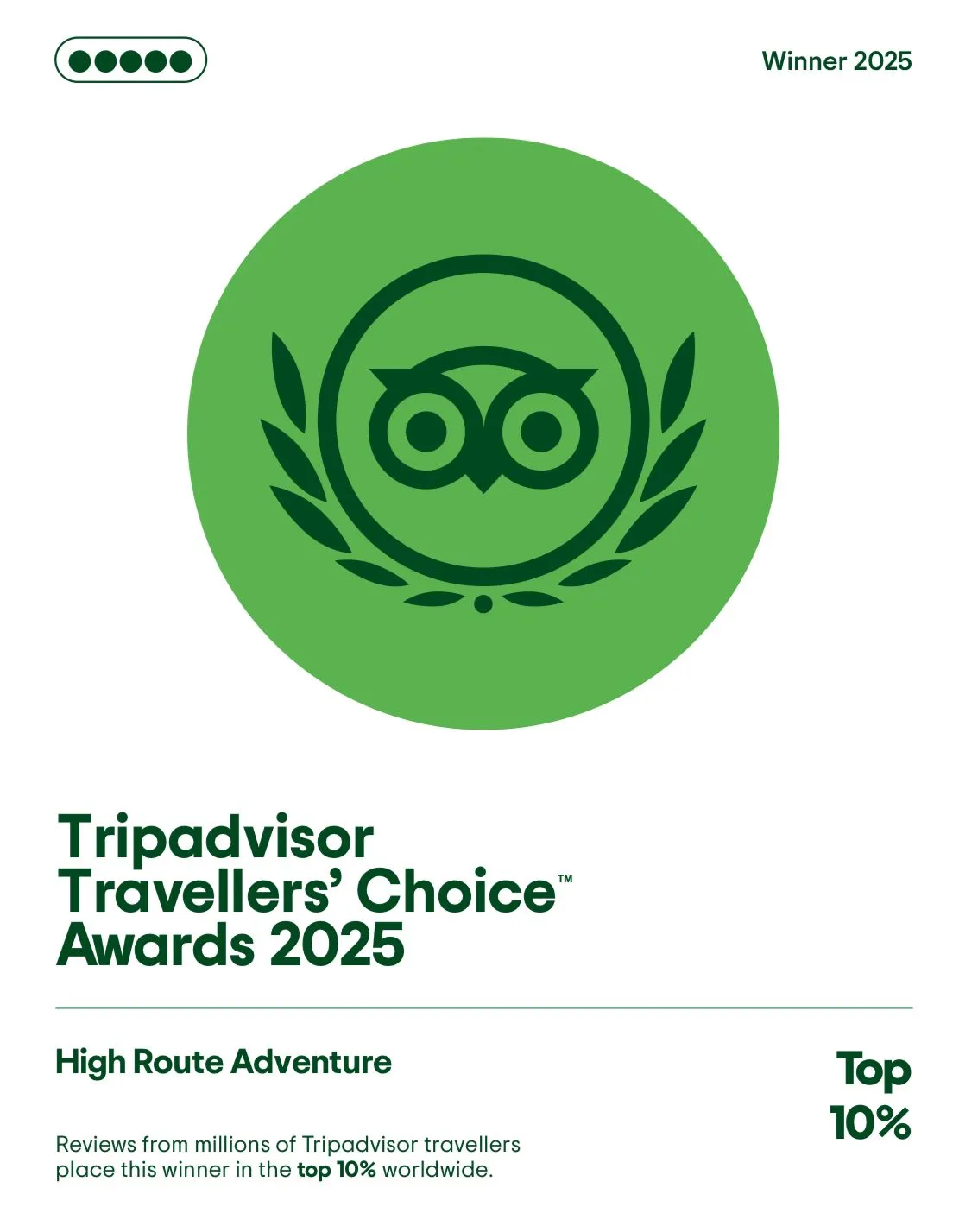10 Things You Should Know about Annapurna Circuit Trek

The Annapurna Circuit Trek is one of the most popular adventures in the Annapurna region, offering an unforgettable journey through diverse landscapes and cultures. Spanning 200 km over 12 to 16 days, this trek takes you from lush valleys to high mountain passes. Along the way, you’ll witness breathtaking views of the Annapurna and Dhaulagiri ranges, traverse the world’s deepest gorge – the Kali Gandaki – and conquer the renowned Thorong La Pass at 5,416 meters.
You get to visit the most holy place called Muktinath Temple on this journey. Surpassing the highest pass called Thorong La Pass, you also get to see a great view from Poon Hill. You will be covering many famous places in this one trek, such as Chame, upper Pisang, Manang, Yak Kharka, Thorong Phedi, Jomsom, Ghorepani, Tatopani and Poon Hill.
This trek will give you goosebumps as you will be visiting the best places every single day. This will be a once-in-a-lifetime experience with a beautiful journey and destination. Let’s go through the itinerary outline.
Table of Contents
Sample Itinerary Outline: Annapurna Circuit Trek
| Day | Itinerary |
|---|
| Day 1 | Drive from Kathmandu to Bhulbhule (west of Kathmandu) |
| Day 2 | Trek from Bhulbhule to Jagat |
| Day 3 | Trek from Jagat to Dharapani |
| Day 4 | Trek from Dharapani to Chame |
| Day 5 | Trek from Chame to Upper Pisang |
| Day 6 | Trek from Upper Pisang to Manang |
| Day 7 | Rest and acclimatization at Manang |
| Day 8 | Trek from Manang to Yak Kharka |
| Day 9 | Trek from Yak Kharka to Thorong Phedi |
| Day 10 | Trek from Thorong Phedi to Muktinath Temple via Thorong La Pass |
| Day 11 | Drive from Muktinath to Jomsom and Tatopani |
| Day 12 | Trek from Tatopani to Ghorepani |
| Day 13 | Early morning hike to Poon Hill, trek to Birethanti, and drive to Nayapul, Pokhara |
| Day 14 | Drive from Pokhara to Kathmandu |
10 things you should know about Annapurna Circuit Trek
Best Season to Trek
The best season to trek Annapurna Circuit Trek is Autumn and Spring. Good weather conditions are a must to make this challenging trek more comfortable.
Spring starts in March and ends in May. However, it’s better to start your trek in mid-March to avoid slippery trails due to melting snow. Spring starts after harsh and extremely cold winter weather. It brings warmth and color.
Spring is a very delightful blooming season. Enjoy your trek with a temperate climate and colorful flora blossom. Autumn starts in September and ends in November. It comes right after the monsoon with clear skies and a pleasant climate. Though it is cooler than spring, it is a very feasible time for trekking.
Stay hydrated
Staying hydrated regularly is very important during a trek. Your body requires lots of energy to overcome difficult trials. Being dehydrated leads you to weakness.
Make sure you take a sip of water and keep yourself hydrated. Don’t wait to feel thirsty and quench your thirst. Instead, drink water regularly.
Carry reusable water bottles and fill them up in teahouses. Use a cleaner to purify it before intake. You can’t afford to fall ill during your journey. So, take care of yourself.
Physical fitness
This trek is very challenging, so before the trek, prepare your body accordingly. You have to build your stamina and endurance. You must be physically fit to adapt to places with lower oxygen levels.
You can try aerobic exercises such as running, cycling, and skipping. Physical fitness is really important to complete this trek without injury.
Right Footwear
It depends on your footwear if your journey will be comfortable or not. The right footwear is necessary to trek a difficult terrain with rocky roads and uneven trails.
You must take care of your feet to make your journey easier. Waterproof footwear with strong ankle support prevents you from any injury.
Uncomfortable footwear leads to blisters, hotspots, and pain, making it difficult to complete your journey. A boot with a grip is needed to prevent the risk of slipping.
Light Packing
Light packing also decides your comfort during the journey. It minimizes the physical effort and comes in handy. You need to be able to carry it with ease and find the necessary equipment without mess. Light packing with good management of compartments is very necessary.
The light packing includes a backpack with cover, trekking pole, beanies, sunglasses, thermal set, quick dry t-shirt, down jacket, trekking pants, waterproof trekking boots, Gore-tex jacket, warm socks, water bottle, thermos, microfiber towel, personal care and toiletries, first-aid kit, and sleeping bag. All these things should be kept properly, making them easy to handle.
Maintain Your Own Pace
You should walk at your own pace. Take your time towards your destination. Take a small break in between. You should maintain a regular pace with a steady heartbeat.
Consistent speed helps you stay energized for a whole day. Don’t drain yourself by speeding your walk. Walk slowly with a great coordination of your walk and breathe.
UV protection
At higher altitudes, there is a risk of sunburn due to a thinner atmosphere. UV rays are very dangerous and may lead to skin cancer. So, protect your skin that’s showing, like your face, neck, and hands.
Apply sunscreen with an SPF of 30 regularly to prevent harmful UV rays. Wear lightweight clothes to cover yourself and also sunglasses to protect your eyes.
Mental preparation
Mental well-being is as important as physical health. Your mental strength determines how easy or how hard the journey is. If you want to enjoy your trek to the fullest, remember to stay calm. Appreciate every milestone you take, and don’t panic. The journey should be embraced to reach the destination.
Protect electronics
Electronics such as cameras, mobiles, and power banks need protection. You can protect them using good packaging, preventing them from rain and humidity. Dry pouches, zip locks, and waterproof backpacks are recommended.
Respect cultures
The most important thing is to respect the culture. Show respect and gratitude to the people welcoming us. Reward them with lots of respect and love. You must respect them as they bear such a climate so we can travel there.
Their traditions are like the apple of their eye. They believe and follow it wholeheartedly. They expect us to do the same as well. So, make sure you respect them.
Conclusion
These are the things you should know about Annapurna Circuit Trek. Make sure you follow all of these things if you want a safe and comfortable trek without any trouble. Enjoy your trek to the fullest!
Posted on








